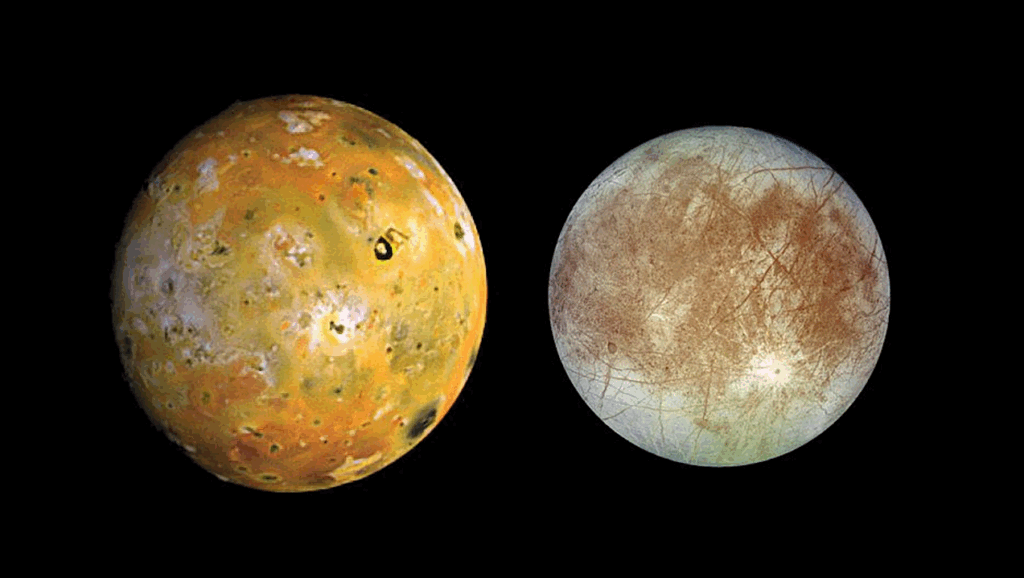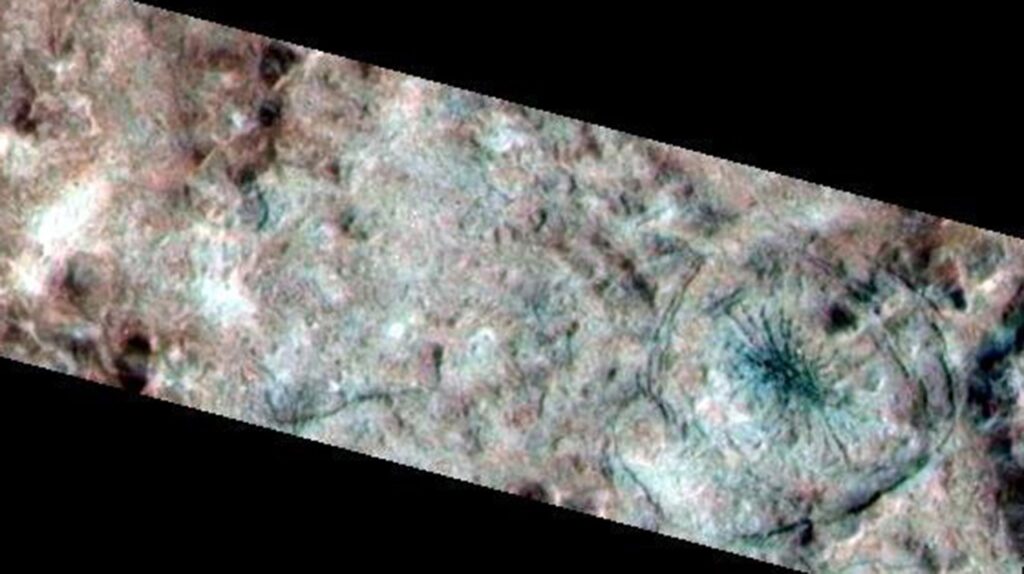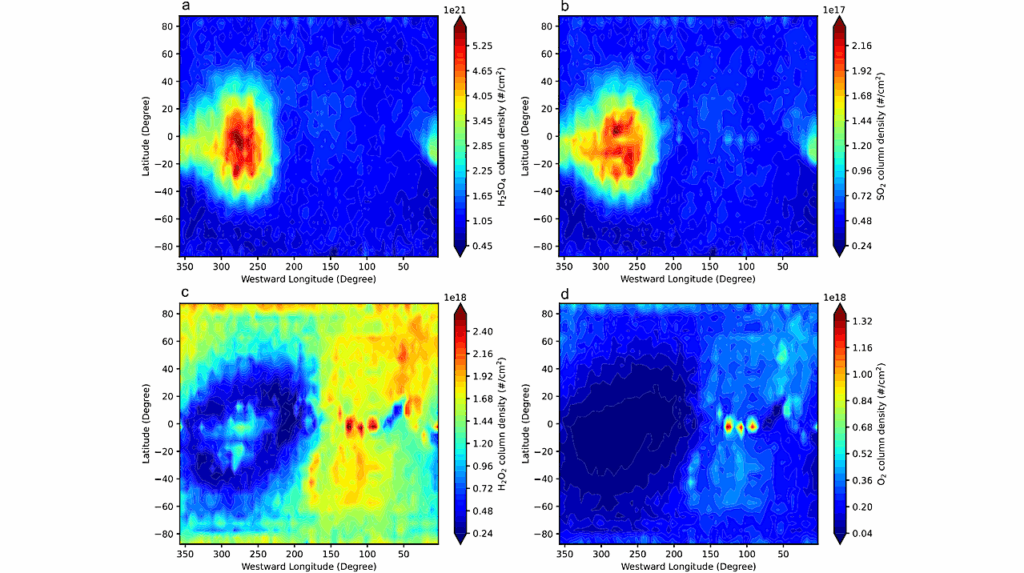Europa Imaging System Narrow-Angle Camera Delivered to JPL

After years of work to design, build, and run tests, engineers and scientists at the Johns Hopkins Applied Physics Laboratory (APL) bid farewell to the Europa Imaging System (EIS) Narrow-Angle Camera (NAC) for NASA’s Europa Clipper mission. The instrument departed APL’s campus in Laurel, Maryland, on March 31 for a cross-country trip to NASA’s Jet Propulsion Laboratory (JPL) in Southern California. The instrument safely arrived on April 3.
APL’s other components built for Europa Clipper arrived in California last summer and fall, including its propulsion module — the backbone of the spacecraft — its radio frequency module, the spacecraft electrical harness, the Plasma Instrument for Magnetic Sounding (PIMS) instrument, the EIS Wide-Angle Camera (WAC) and major assemblies of the Mapping Imaging Spectrometer for Europa (MISE) instrument.

Slated to launch in October 2024, NASA’s Europa Clipper is the agency’s largest planetary mission spacecraft, stretching more than 100 feet (30.5 meters) with its solar arrays deployed. It will perform nearly 50 flybys of Europa, a moon of Jupiter that almost certainly has a liquid water ocean beneath its icy surface and very well may have all the ingredients needed for life to exist. Part of Europa Clipper’s mission is to validate those hypotheses, and to do that requires a detailed study of the surface through images.
Multiple missions have already imaged Europa, including NASA’s Voyager 1, Voyager 2, Galileo and Juno spacecraft, which returned photos of pits, knobs, craters, criss-crossing faults, and frozen ice blocks. But together they’ve captured only about 15% of the surface at even moderate resolution, and extremely little of it in color or stereo. No images of Europa exist at the highest resolution NAC provides.
IMAGE

The NAC is one half of EIS, providing high-resolution images of Europa’s surface while its wide-angle counterpart provides images covering a broader area. A reflecting telescope, the NAC imager uses a large mirror to direct light through a series of other mirrors and lenses onto an 8-Megapixel sensor analogous to those found in today’s digital cameras and cell phones. The camera is designed to take high-resolution images focused on small portions of the landscape at as good as 1.5 feet (0.5 meters) per pixel. No icy satellite has been imaged at resolutions this fine before.

Those images will feed into a broader effort to study the many geologic features on Europa’s fractured surface. By examining the structures in detail, researchers hope to uncover past, recent or even ongoing geologic processes that formed Europa’s dynamic surface and link the features to one another to better decipher the processes happening under the surface.
The NAC will also provide the necessary global-scale imaging for identifying surface deposits where plumes of water vapor may have vented (or still be venting) from the ocean below, as well as searching for direct evidence of active plumes. If present, they’d indicate an important exchange between the surface and subsurface. To date, however, the evidence for plumes remains ambiguous.
Now at JPL with the spacecraft’s other components, the NAC will run through an additional series of tests. It will then be assembled into its final configuration on the spacecraft for physical and environmental testing with the other instruments and spacecraft parts.
Astrobiology








